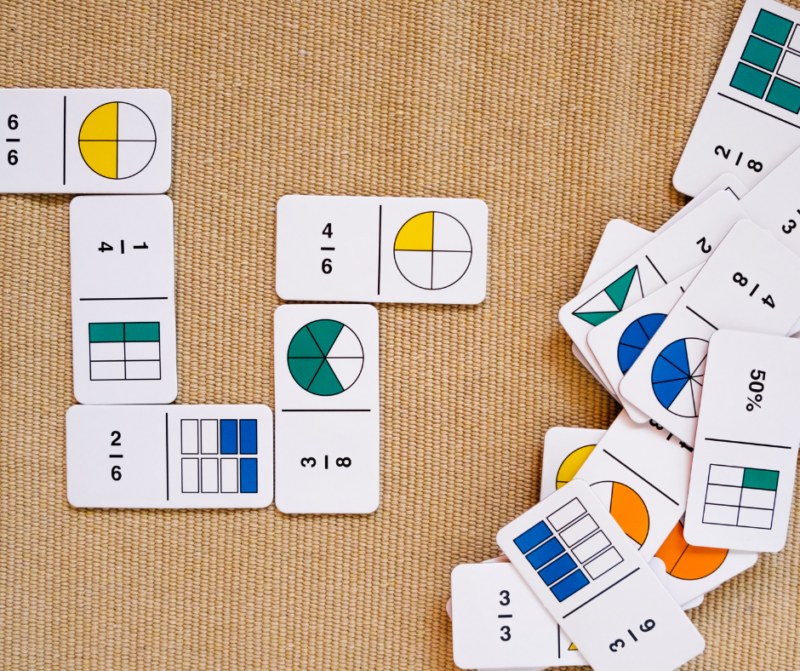Insights
Fun and Engaging Activities with Fractions and Decimals
Ever heard the saying that “three out of two people struggle with fractions”? Fractions and decimals can both be difficult concepts because they’re parts of a whole as well as numbers. Research has even been conducted to try to determine why fractions are such a challenge. The short answer? Students can understand the part/whole concept but struggle to see fractions as actual numbers. Research on decimals may yield the same results because of their similarity to fractions.
One idea is to explain how fractions and decimals are parts of the numbers in between whole numbers. A number line is a great way to demonstrate this concept. Start with a number line that shows only whole numbers. Then add and label lines to show halfway between those numbers, emphasizing that the halves are still numbers (i.e. 1.5 or 1 ½).
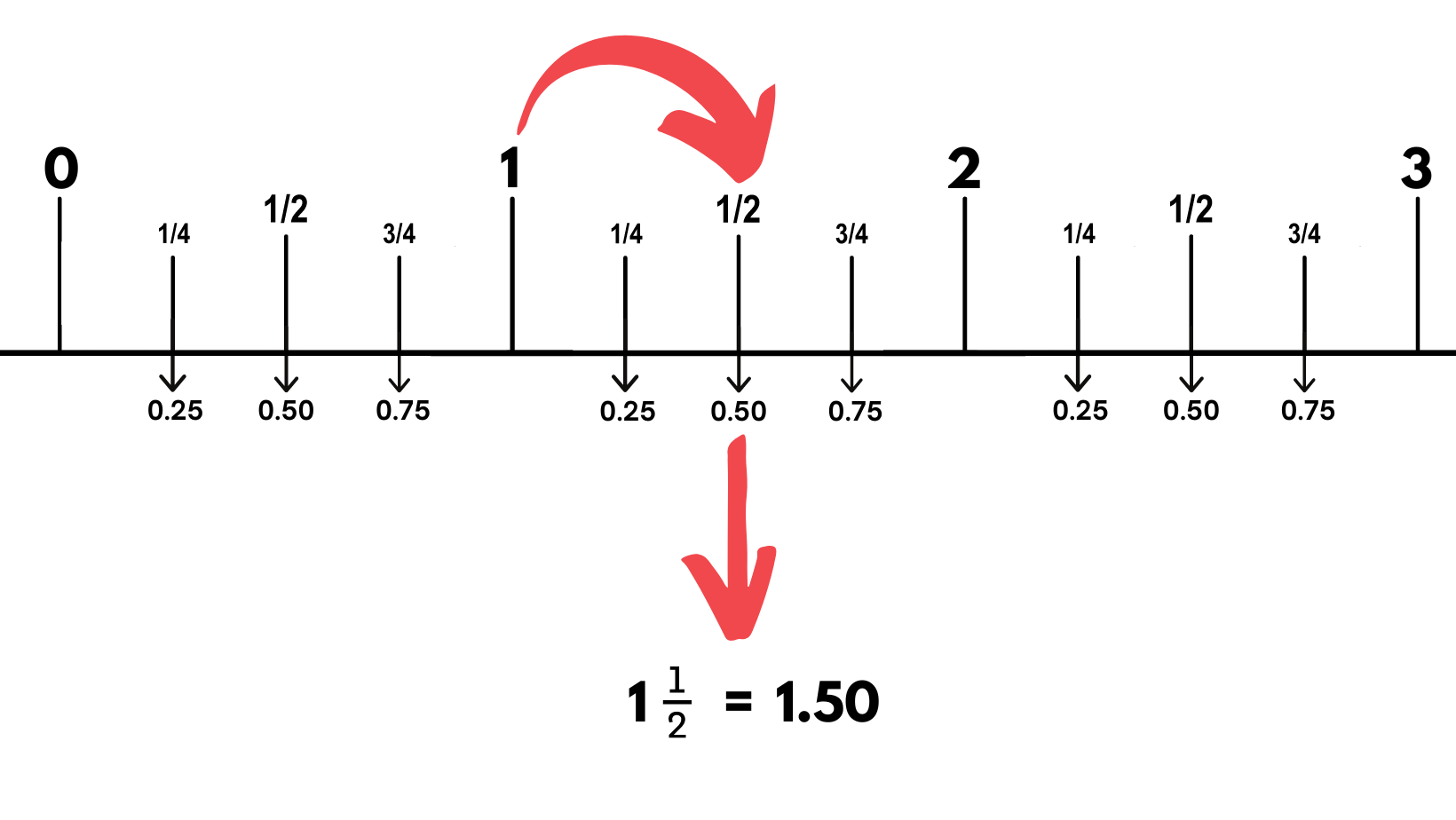
One way to explain this is the following: If splitting five cookies between two people, would it be fair to give one person three cookies and the other person two? Or would it be fair to give them the same amount, which would equal two and a half cookies?
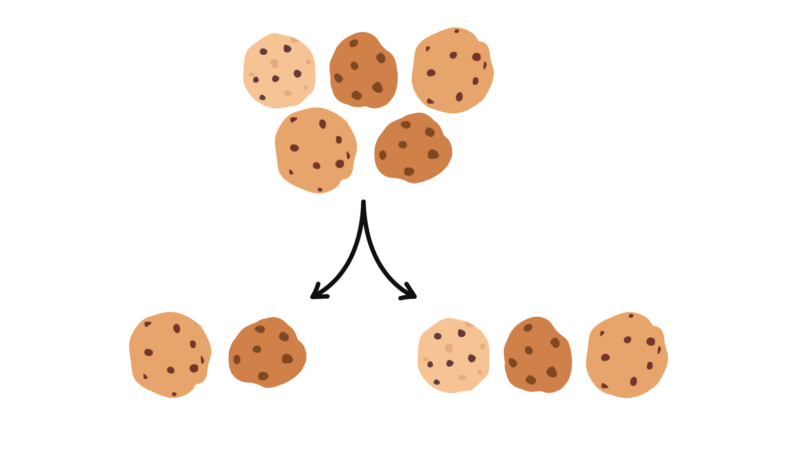
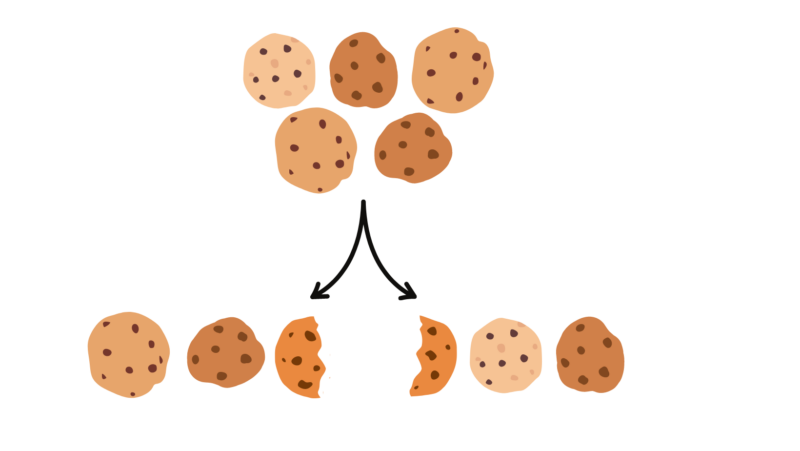
When your students answer two and a half, point out how three, two, and two and a half are all amounts of cookies and therefore are all numbers. Then you can move on to use the number line in various ways to teach fractions and decimals like adding, subtracting, comparing, and showing equivalent amounts.
Understanding the connection between fractions and decimals is important for students to grasp. One way to explain it is that decimals are fractions with denominators that are multiples of 10. Fractions can have any denominator, like 1/6, 2/3, or 3/4, while decimals are only divisible by numbers like 10, 100, 1000, and so on. For example, when you see the decimal 0.2, you would say it is “two-tenths,” which is equivalent to 2/10. Similarly, when you see the fraction 0.25, you would say “twenty-five hundredths” because it is equal to 25/100.
When teaching fractions, consider the following strategies as shown in these Origo One videos:
- Introducing Fraction Models
- Interpreting fractions as part of a whole
- Interpreting fractions as measures or numbers
- Interpreting fractions as quotients
- Teach the concept of fractions using visual aids
- Fraction bars
- Circles
- Pictures, models, diagrams, and number lines
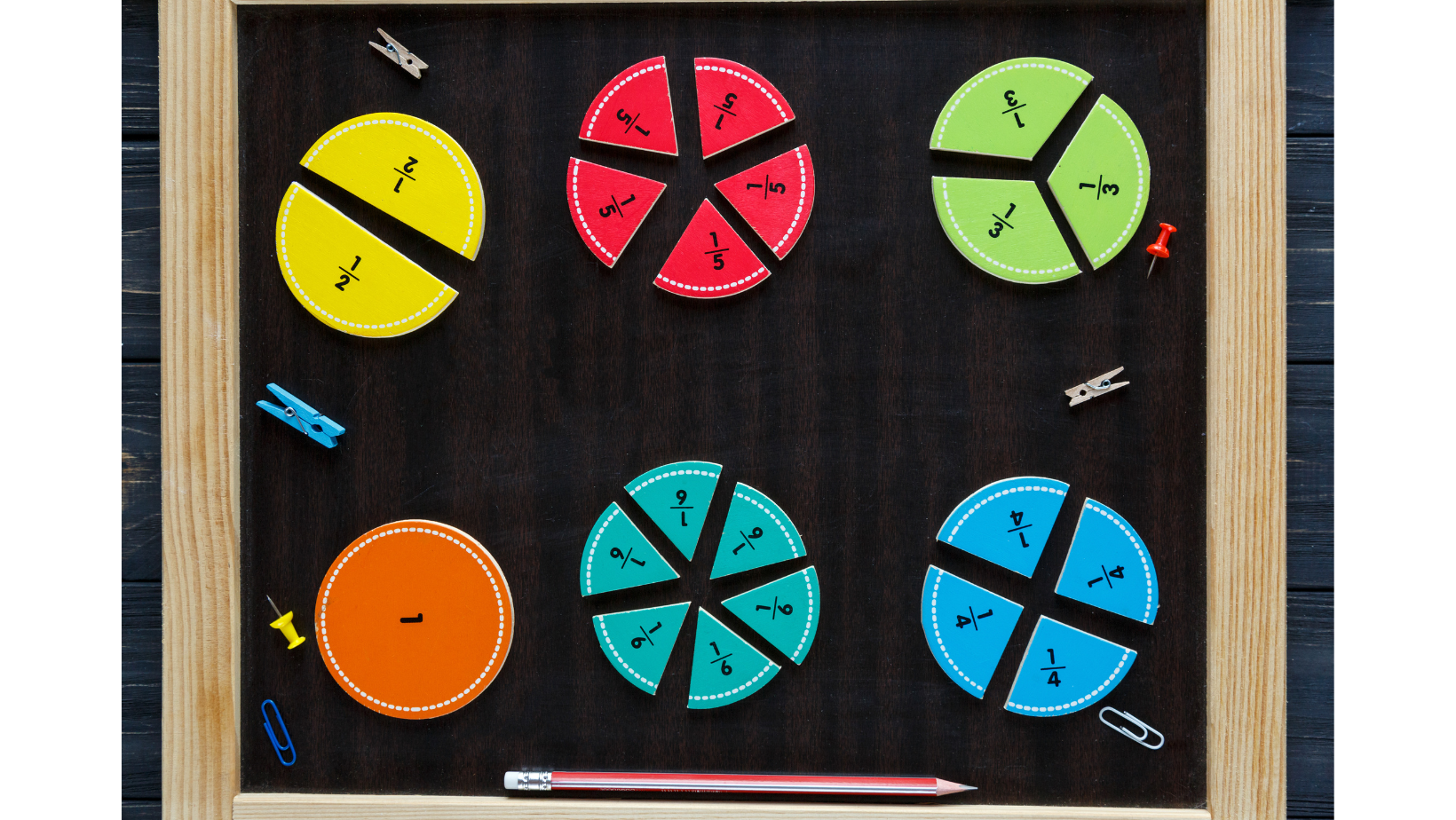
- Give real-life examples of fractions that students would often see such as measuring distance, cooking, discounts like bogo ½ off, etc.
- Use manipulatives to make learning hands-on
- Base 10 blocks
- Fraction tiles
- Dominoes
- Pattern blocks
- Practice critical thinking through word problems containing fractions
- Incorporate literature:
- Whole-y Cow! Fractions are Fun by Taryn Souders
- Give Me Half! by Stuart J. Murphy
- Fraction Fun by David A. Adler
- Fractions, Decimals, and Percents by David Adler
- For more book ideas, take a look at Best Books to Teach Fractions
Need ideas for fraction activities? Check these out!
- Domino Fraction War:
Dominoes are split equally between at least two players, remaining face down. At the same time, each player turns over one domino. The player with the largest fraction wins both dominoes to add back into their pile. The game continues until one player is out of dominoes. Variations of this game can include:- Dominoes can be rotated so players are comparing proper fractions.
- Dominoes must be played as they were flipped over, which could result in improper fractions. This would help students practice converting improper fractions into mixed numbers.
- Players could each flip two dominoes to add or subtract together for their score. The player with the highest answer wins all four dominoes!
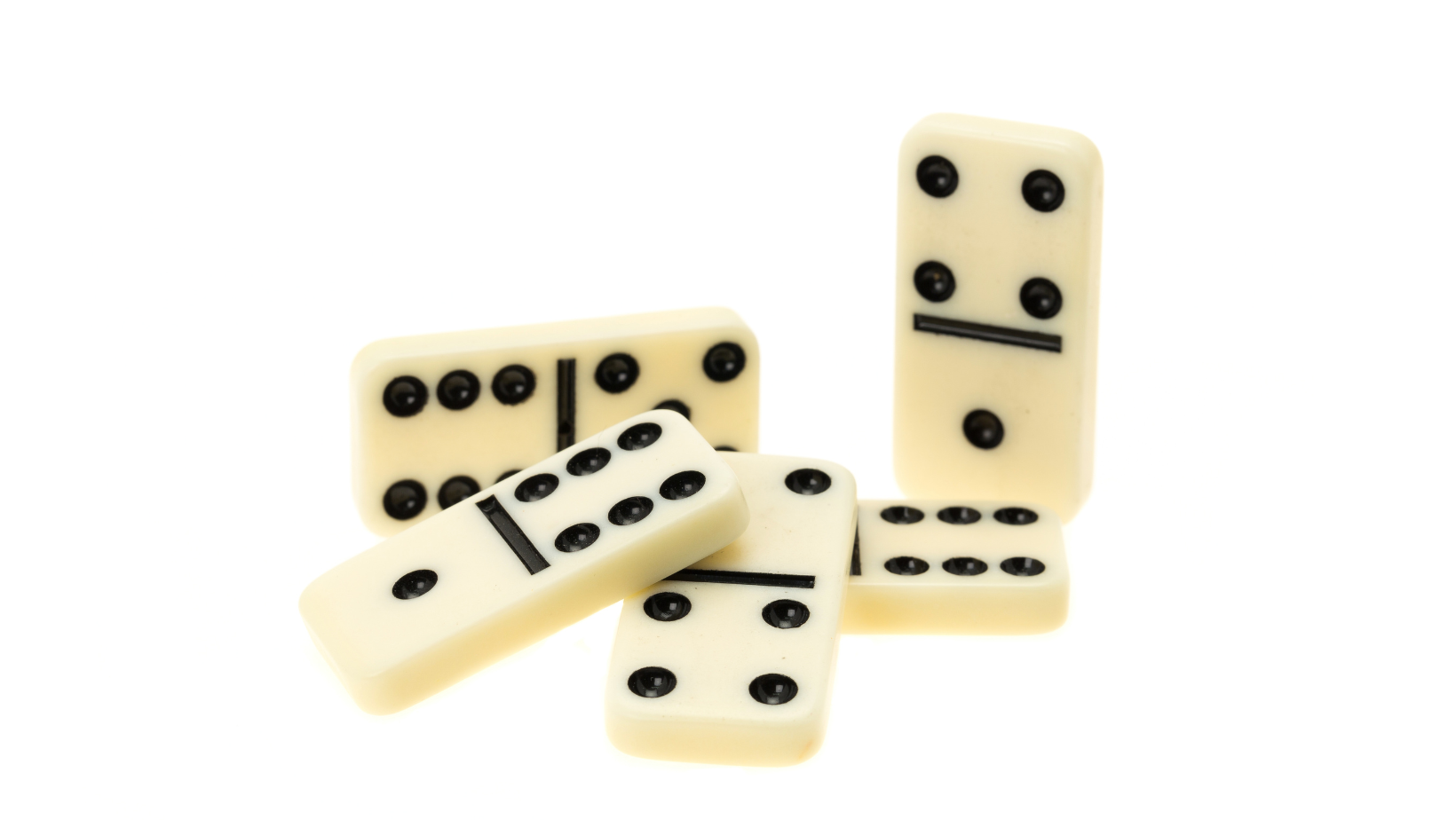
- Strategies To Make Teaching Fractions Easier
- Free Online Fraction Games for Kids
- Activities for Teaching Fractions to Kids
- Fractions – Practice with Math Games
- 15 Hands On Ways to Teach Fractions
Teaching decimals? Check out our Origo One video Does the decimal point really move?
Other suggestions for teaching decimals include:
- Teach the concept that decimals are numbers that are part of a whole number.
- Show how fractions and decimals are two different ways to represent the same amounts. Regularly write numbers in both decimal and fraction form to show the relationship.
- Teach students about decimal place value (tenths, hundredths, etc.) Show the connection between decimals and fractions by reading decimals in a way that includes their place value. For example, 0.7 would be read as “seven-tenths.”
- Display and regularly use a decimal place value chart with each place labeled including whole numbers places and decimal places (i.e. hundreds, tens, ones, tenths, hundredths, thousandths, etc.) Be sure the decimal is prominent on the chart.
- Use number lines and diagrams to demonstrate one whole being divided into 10, 100, or 1000 parts.
- Demonstrate decimal place value with base ten blocks, carefully explaining how decimals use them differently than with whole numbers. The flat will now represent one whole. The rods are used to show one-tenth (because it is one-tenth of the whole or ten times smaller than the whole). The unit will represent one-hundredth (because it is one-hundredth of the whole or one-hundred times smaller than the whole).
- Practice with real-life applications of decimals that students often see such as with money, when their parents pump gas, temperatures, batting averages, weight, distance, etc.
- Practice decimal place value by having students write numbers in various forms
- Standard form (67.381
- Expanded form (60 + 7 + 0.3 + 0.08 + 0.001)
- Written form (sixty-seven and three hundred eighty-one thousandths)
- Pictorial form (like with base ten blocks)
- Use manipulatives
- play money
- decimal tiles
- decimal dice
- digital thermometer
- digital scale
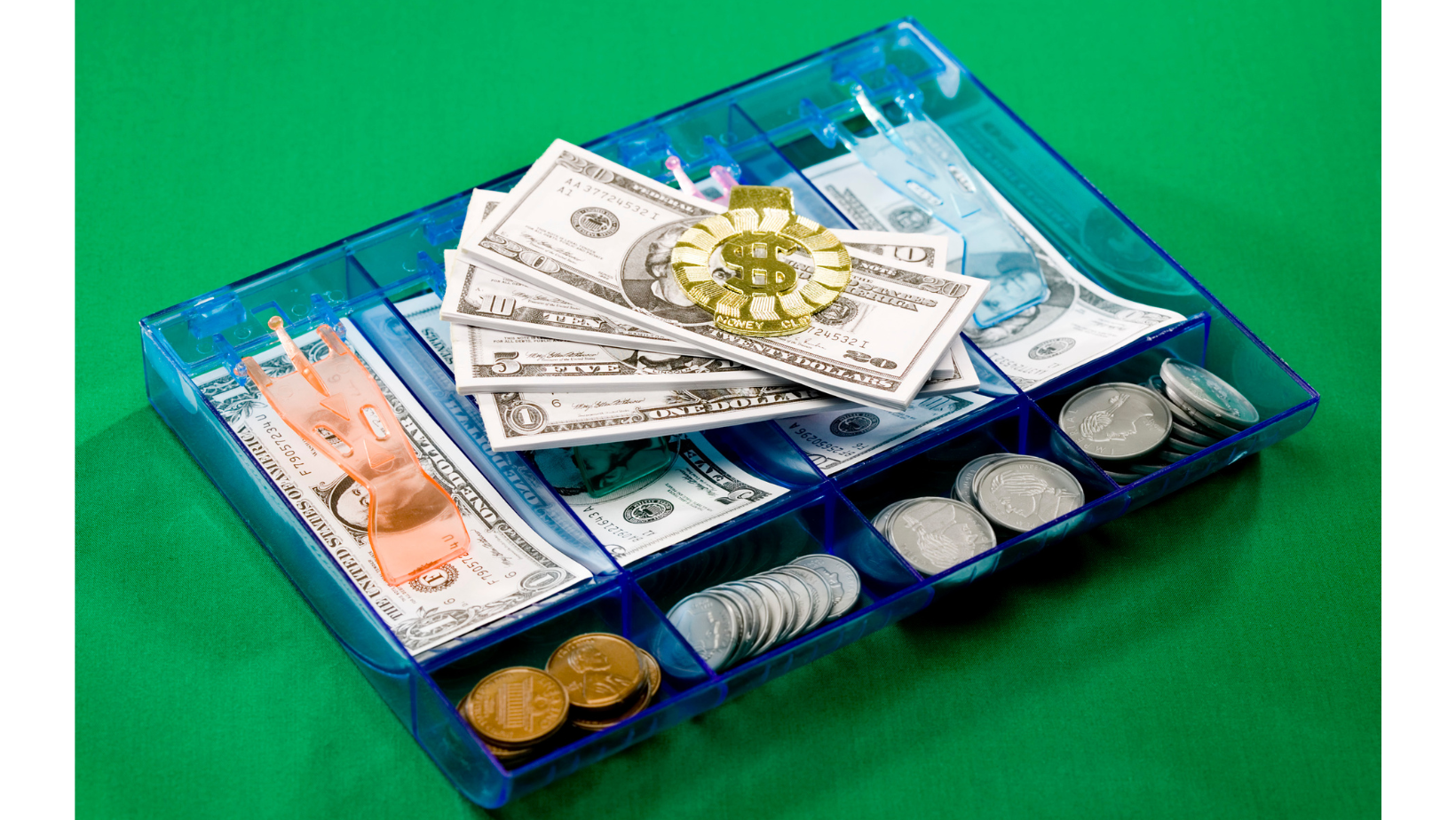
Decimal activities can be fun! Here are some activities to explore.
- Decimals – National Council of Teachers of Mathematics
- 40 Free Hands On Decimal Activities
- 14 Delightful Decimal Activities
- Free Online Decimal Games for Kids
- Resources for Teaching Decimals
- Decimals – Practice with Math Games
Check out The Think Tanks from Origo!

These are a great supplemental resource to help students solve various problems, including some with decimals and fractions.


